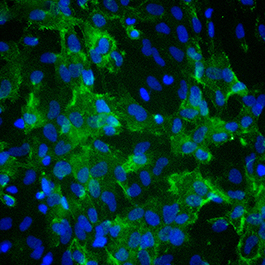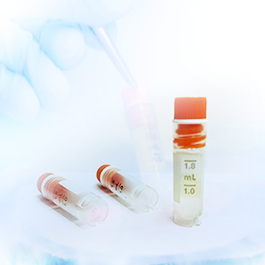iCell Oligodendrocyte Progenitor Cells (iOPCs)
Cat.NO iOPC-02
iOPC cells are derived from human induced pluripotent stem cells through induction and differentiation by small molecules and cytokines. They can form oligodendrocytes and possess the abilities of myelination and factor secretion.
Product Overview
Oligodendrocyte precursor cells (OPCs) are a critical cell type within the central nervous system (CNS), known for their role in the development and maintenance of myelin sheaths, which are essential for the proper conduction of nerve impulses. Abnormalities in OPC function are implicated in a range of diseases, including multiple sclerosis, Alzheimer’s disease, Parkinson’s disease, and psychiatric disorders like schizophrenia and depression.
The iOPCs from iCells International, derived from human iPSCs, offers a valuable resource for researchers. These cells provide a means to study the basic biology of the CNS, develop treatments for neurological diseases, and explore regenerative medicine strategies. iOPCs are available in commercial quantities and are characterized by their purity and the ability to model disease, discover drugs, and test safety and toxicity.
Biological Source | |
Disease | Normal |
Growth Mode | Adherent |
Morphology | Bipolar or multipolar morphology |
Number of cells | 1×106cells/vial |
Product format | Frozen |
Storage | Vapor phase of liquid nitrogen |
Quality Control | Negative for HIV-1, HBV, HCV,CMV, mycoplasma, bacteria, yeast, and fungi. |
Application | Research use only |
Performance Data
1)Cell morphology
iOPC is derived from the induced pluripotent stem cells (iPSC) and obtained high-purity iOPC cells through a 12-day directed differentiation protocol in vitro.
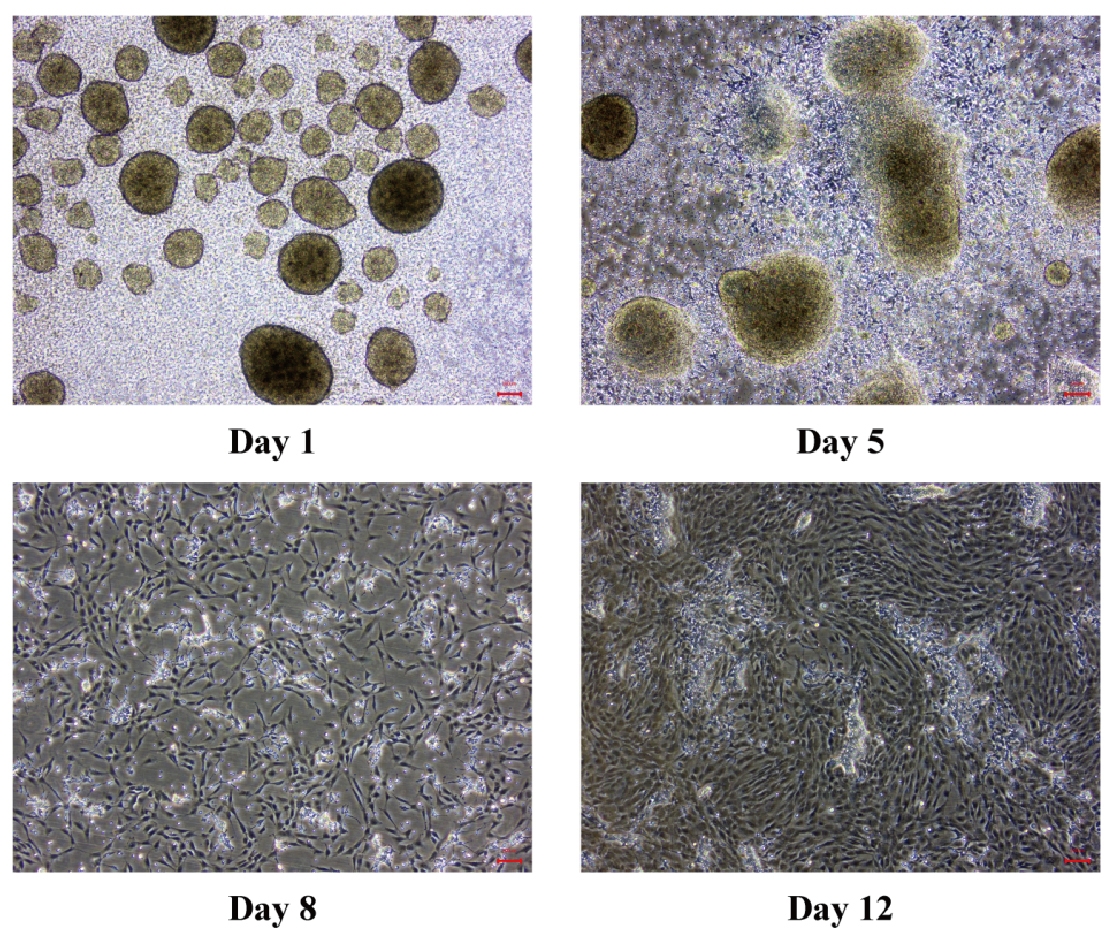
Figure 1: Morphological map of cells at different stages of induced hiPSC differentiation into iOPC in vitro
2)Cell purity
Cell purity greater than 90%
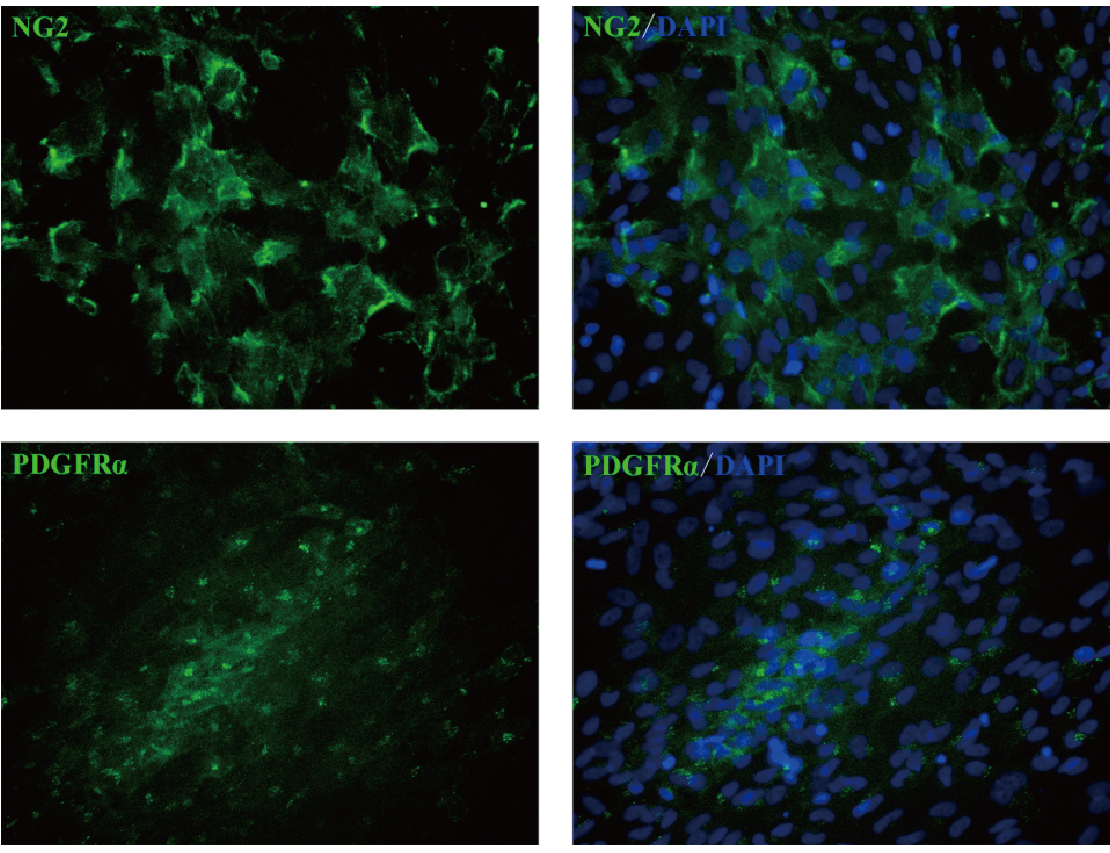
Figure 2: Immunostaining shows the expression of the iOPC markers, NG2 and PDGFRα
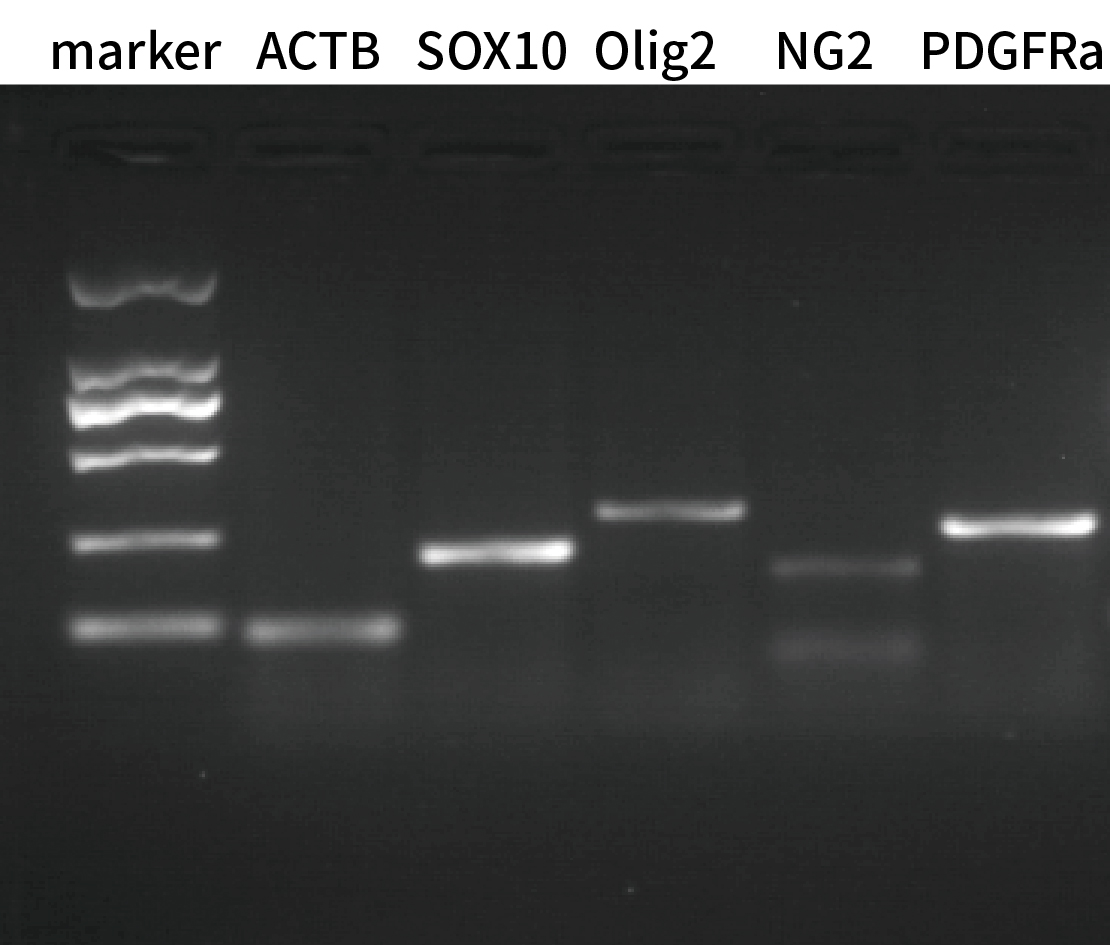
Figure 3: qRT-PCR shows the expression of the iOPC markers, SOX10、Olig2、NG2 and PDGFRα



